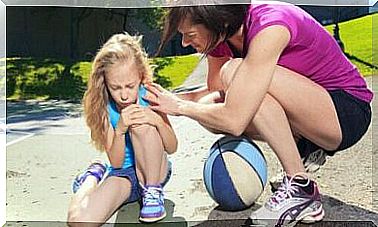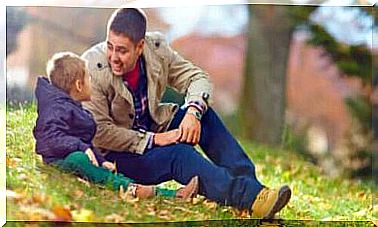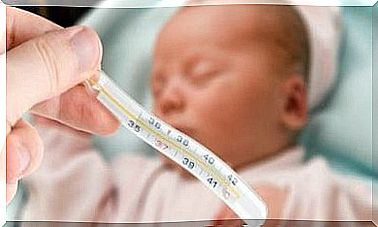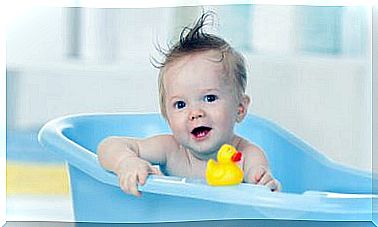Key Benefits Of Crawling For Baby

Crawling is a typical activity for babies. It is one of the main elements that allow you to notice that the baby is gaining independence and that his motor coordination is developing correctly.
Many experts agree that it is important to encourage this type of locomotion. Because, the baby’s learning at this stage will accompany his development for the rest of his life. Among the aspects that this practice benefits, trust, security and autonomy stand out.
When is the right time to put your child to crawl?
It is known that from eight months onwards, most babies are ready to crawl. However, they will start this practice when they are able to sit alone. It is helpful for adults to encourage the baby to move. For this, it is recommended to place the baby on the floor and ensure that he can move freely in a safe space. Freely, but under your supervision.
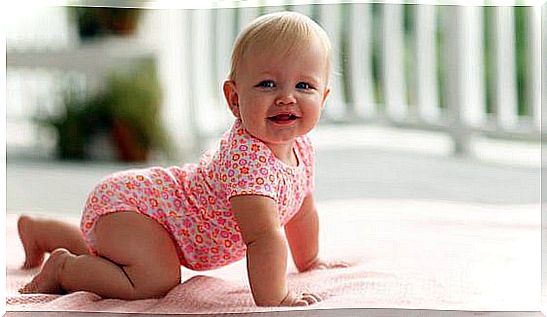
It is very important to let the little ones develop on their own. Let them go to the places that are most attractive and explore everything they want. Therefore, the company of an adult is extremely necessary.
In this sense, the role of adults is not to limit the exploration of the little ones or prevent them from moving around at will. But make sure they’re not in any danger.
“The baby who feels confident to travel and explore the world is able to build the first foundations of the basic feeling of trust, a fundamental aspect in the social-affective development of children… ”
-Verónica Navarrete. University of the Pacific School of Psychology –
According to Navarrete, confidence in the world and in other people, as well as the baby’s self-confidence, are reinforced when crawling. This occurs because there is a very close affective bond between the baby and the person who accompanies him in this process. For this reason, it is recommended that the stimulation to crawl is done when we perceive the child’s independence to perform firm movements on the floor.
What are the benefits for your child when crawling?
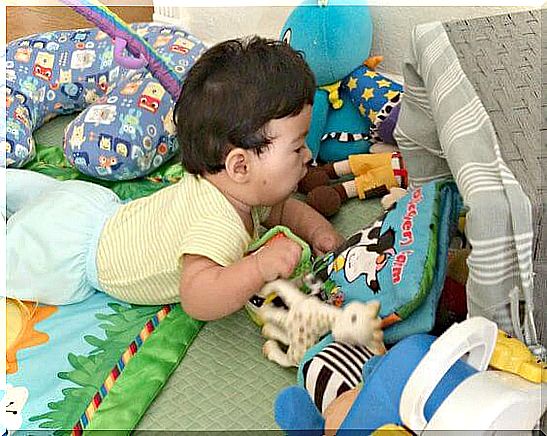
According to specialists, most of the psychomotor skills that a child needs to develop in the school environment throughout childhood are stimulated during the practice of crawling. For babies, the fact of crawling allows them to develop at the neurological level through a transmission that influences the definition of behavior.
Apparently, the decisions that characterize the child’s future life begin to manifest themselves at this stage. This is directly related to the conduct related to these situations. In other words, neurologically the child starts to decide where he wants to go and what are the things that interest him. Thus, these moments will condition the future decisions she will make.
It is also the first mechanism to realize that the child’s voluntary control is at work. This is a skill that focuses on balance, coordination, muscle strength and other elements of psychomotor development. Crawling is a motor type activity that complements learning. Therefore, it directly influences the human being’s intelligence.
Among the main benefits for the baby when crawling are:
- Helps tone muscles in the arms, legs and spine. This strengthening prepares the baby for the next position, standing.
- Stimulates attention.
- Develops and improves vision through focusing the eyes over short distances.
- It favors the strengthening of the proprioceptive system and the vestibular system, related to knowledge of the body and balance, respectively.
- It gives the baby an opportunity to interact with the world. In other words, it helps the baby to communicate and express himself in relation to what is happening.
- It helps to sensitize the sense of touch, as with the palm of the hand the baby expands the recognition of textures and sensations.
- Establishes eye-hand coordination to calculate distances and approximations.
- In this phase, cerebral lateralization begins. It allows a child between the ages of five and six to have mastery by one of the brain’s hemispheres.
- It begins to create the sense of direction based on the information it receives through the senses and connects with the brain. This will help the baby to experience thinking situations.


